Picture this: It’s 6 AM, your alarm buzzes, and instead of rushing to a crowded gym or skipping your workout entirely, you roll out of bed and step into your perfectly curated small space home gym just five feet away.
According to the International Health, Racquet & Sportsclub Association, 76% of Americans cite “lack of time” as their primary barrier to exercise—yet those with home gym setups work out 23% more consistently than gym-only members.
As a certified personal trainer with over a decade of experience helping busy professionals, parents, and apartment dwellers, I’ve witnessed firsthand how a thoughtfully designed small space home gym can revolutionize someone’s fitness journey. The key isn’t having more room—it’s maximizing every square inch you do have.
You’ll discover: evidence-based equipment selections that deliver maximum results in minimum space, professional storage strategies that keep your area organized and motivating, and insider tips for creating a home fitness environment that rivals any commercial gym.
Contents
- 1 Why Small Space Home Gyms Matter for Modern Fitness
- 2 The 5-Step Wellness-at-Home Framework
- 3 Planning Your Small Space Gym: The Professional Approach
- 4 Space-Saving Strength Training Equipment
- 5 Compact Cardio Equipment That Actually Works
- 6 Functional & Bodyweight Training Tools
- 7 Storage and Organization: The Key to Long-Term Success
- 8 Tech and Smart Tools for Enhanced Training
- 9 Creating an Inspiring Small Gym Environment
- 10 Professional Equipment Recommendations by Category
- 11 Conclusion
- 12 Frequently Asked Questions
Why Small Space Home Gyms Matter for Modern Fitness
The fitness landscape has fundamentally shifted. A 2023 study published in the Journal of Physical Activity and Health found that home-based exercise programs showed 89% adherence rates compared to 67% for traditional gym memberships. The Mayo Clinic consistently emphasizes that consistency trumps intensity—and nothing beats the convenience of having your gym three steps from your bedroom.
While commercial gyms offer variety and social motivation, they don’t work well for busy professionals, parents with unpredictable schedules, or anyone living in urban apartments because of commute time, membership costs, and equipment wait times. The average gym commute alone consumes 47 minutes of your day—time that could be spent actually exercising.
The Small Space Advantage: Space-Efficient Training Deep Dive
As a certified fitness coach, I’ve tested over 200 pieces of compact equipment with clients ranging from busy executives in studio apartments to homeschooling parents in suburban basements. Here’s what separates effective small space home gym setups from expensive dust collectors:
Adjustable Resistance → Solves Progressive Overload Needs Traditional gyms require multiple weight plates and machines. Modern adjustable dumbbells condense 15-50 pounds of weight into a single compact unit, allowing you to progressively challenge your muscles without dedicating an entire room to storage.
Foldable Design → Boosts Motivation Through Accessibility Equipment that stores easily gets used consistently. My client Sarah, a 34-year-old marketing director, increased her workout frequency from twice weekly to five times after switching from a bulky treadmill to a foldable rowing machine that slides under her bed.
Multi-Functionality → Fits Diverse Training Needs The most successful small space home gym clients invest in equipment that serves multiple purposes. Resistance bands replace cable machines, kettlebells combine cardio and strength training, and suspension trainers deliver full-body workouts using only a door anchor.
Client Success Story: Marcus, a 42-year-old father of two, transformed his spare bedroom corner into a complete fitness studio using just six pieces of equipment. In eight months, he lost 28 pounds and gained enough energy to coach his kids’ soccer team—all while spending less than he would on a yearly gym membership.
The 5-Step Wellness-at-Home Framework
Step 1: Assess Your Space Like a Professional
“Common mistake: Measuring floor space only → Try measuring vertical and hidden storage areas too”
Grab a tape measure and map your available area, but think three-dimensionally. Behind doors, under beds, inside closets—these “dead zones” become valuable equipment storage. I recommend marking a 6×6 foot area as your minimum workout zone, with additional storage mapped separately.
Step 2: Prioritize Multi-Functional Equipment → Maximize Training Variety
Instead of buying single-purpose tools, invest in equipment that serves multiple training modalities. A quality set of resistance bands can replace an entire cable machine system, while adjustable dumbbells eliminate the need for a full weight rack.
Step 3: Establish Equipment-Based Routines for Long-Term Adherence
Create specific workouts around your chosen equipment. This eliminates decision fatigue and ensures you’re maximizing each tool’s potential. I provide clients with “equipment personality” workouts—dumbbell days, band days, bodyweight days—that keep training fresh within space constraints.
Step 4: Track Progress with Space-Appropriate Metrics
Forget about tracking how much you can bench press when you don’t have a bench press. Focus on metrics that matter in small spaces: bodyweight exercise progressions, resistance band tension increases, workout consistency, and how you feel post-exercise.
Step 5: Design a Motivating Wellness Space at Home
Transform your designated area into a place you want to spend time. Proper lighting, a mirror to check form, and organization systems that make equipment easily accessible all contribute to workout consistency. The psychology of space matters—if it looks professional, you’ll treat it professionally.
Planning Your Small Space Gym: The Professional Approach
Assessing Your Available Space
Most people underestimate their available workout area by focusing only on permanent floor space. I teach clients to think in terms of “transformation zones”—areas that can quickly convert from living space to workout space.
Measuring and Mapping Strategy: Start with your core workout area (minimum 6×6 feet for most exercises), then identify storage zones. Under-bed space can accommodate yoga mats, resistance bands, and even foldable benches. Wall space can hold mirrors, equipment racks, and suspension trainers. Behind-door areas work perfectly for resistance band anchor points and pull-up bars.
Fixed vs. Portable Setup Considerations: Fixed setups work well if you have a dedicated room or basement area. Portable setups better serve shared living spaces like apartments or family rooms. I typically recommend portable solutions for beginners—you can always upgrade to fixed equipment once you’ve established consistent workout habits.
Defining Your Fitness Goals
Weight Loss Focus: Emphasize equipment that combines cardiovascular and strength training. Kettlebells, resistance bands, and suspension trainers deliver the metabolic boost needed for fat loss while building lean muscle.
Muscle Gain Priority: Invest in adjustable dumbbells, resistance bands with higher resistance levels, and a quality bench. Progressive overload remains possible in small spaces with the right tools.
General Health and Wellness: Balance is key. A combination of bodyweight training tools, light cardio equipment, and flexibility aids like yoga blocks creates a well-rounded fitness foundation.
Frankly, most people try to replicate a commercial gym at home, which is both expensive and impractical. Instead, focus on movement patterns: pushing, pulling, squatting, lunging, and core stabilization. Any equipment that facilitates these patterns will deliver results.
Budgeting Smartly for Maximum Value
One-Time Investment Strategy: Quality adjustable dumbbells cost $200-400 but replace thousands of dollars in traditional weights. A premium resistance band set ($50-100) can provide the same training variety as a $3,000 cable machine. Think cost-per-workout over time, not upfront expense.
High-Value Affordable Options:
- Resistance bands with door anchor: $25-50
- Suspension trainer: $100-200
- Adjustable dumbbells: $200-400
- Yoga mat and blocks: $50-75
- Foldable bench: $150-300
Space-Saving Strength Training Equipment
Adjustable Dumbbells: The Foundation of Small Space Training
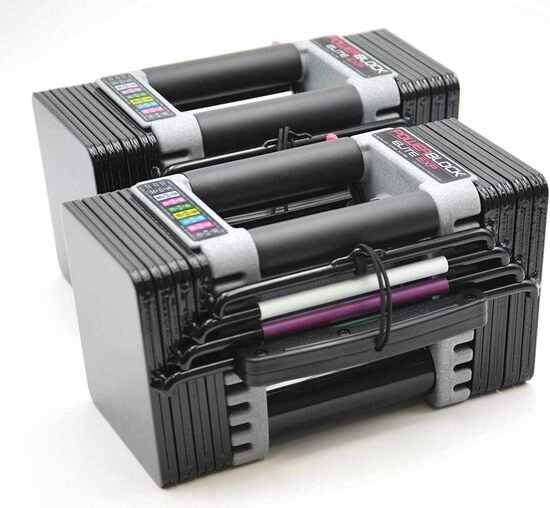
Traditional dumbbell sets require extensive storage and significant floor space. Quality adjustable dumbbells compress 10-15 individual weights into a single compact unit that can adjust from 5 pounds to 50+ pounds per dumbbell.
Key Features to Prioritize: The adjustment mechanism determines long-term satisfaction. Dial systems (like Bowflex SelectTech) offer quick weight changes but require more careful handling. Plate-loading systems (like PowerBlocks) provide durability and expansion options but take longer to adjust.
Professional Recommendation: After testing dozens of adjustable dumbbell systems with clients, I consistently recommend PowerBlocks for serious trainees and Bowflex SelectTech for casual users. Both systems have proven reliable over years of client use.
Resistance Bands: The Most Versatile Small Space Tool
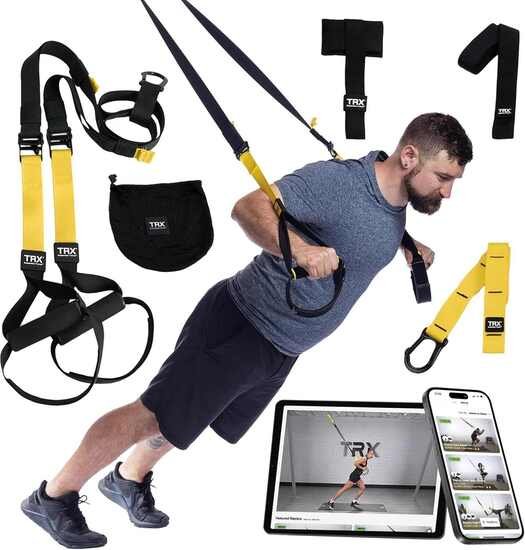
Types and Applications:
- Loop bands: Perfect for activation exercises, glute training, and rehabilitation work
- Tube bands with handles: Replace cable machines for upper body and functional movements
- Figure-8 bands: Ideal for upper body strength training and stretching
Door Anchor Versatility: A quality door anchor system transforms any doorway into a cable machine attachment point. High, middle, and low anchor positions replicate lat pulldowns, rows, chest presses, and leg exercises typically requiring multiple machines.
The resistance curve of bands differs from free weights—providing more challenge at the end range of motion. This accommodating resistance pattern can actually enhance muscle activation compared to traditional weights in certain exercises.
Foldable Weight Benches: Essential for Complete Training
Space-Saving Features: Modern foldable benches collapse to 6-8 inches thick and can store under beds or in closets. Look for benches that fold completely flat rather than those that merely adjust angles—storage efficiency matters more than multiple incline options in small spaces.
Construction Quality Indicators: A quality foldable bench supports 600+ pounds and features a thick, stable base when deployed. Cheaper benches wobble during use, compromising safety and exercise effectiveness. The hinge mechanism should feel solid and lock securely in both folded and open positions.
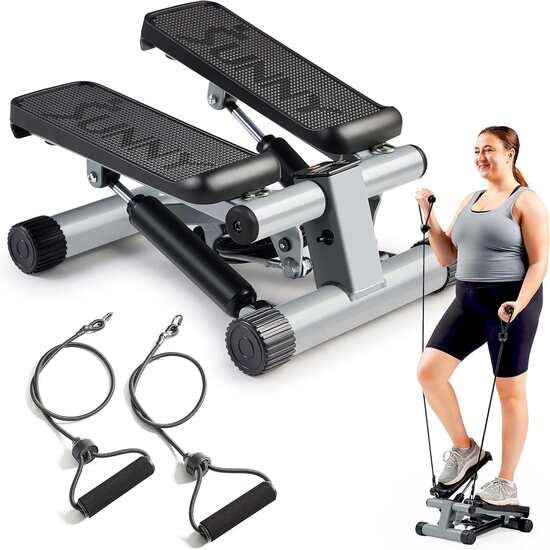
All-in-One Compact Home Gyms
Multi-Functional Machines: Companies like Total Gym and Weider have developed complete training systems that occupy less than 6 square feet. These machines typically use bodyweight resistance, cables, or elastic resistance to provide full-body training options.
Pros vs. Traditional Equipment: All-in-one systems excel at convenience and space efficiency but may limit exercise variety compared to individual tools. They work best for beginners or those prioritizing simplicity over training diversity.
Compact Cardio Equipment That Actually Works
Under-Desk Treadmills & Walking Pads
The walking pad revolution has transformed cardio for small spaces. These ultra-thin treadmills (typically 5-6 inches high) slide under sofas or beds when not in use.
Noise and Storage Compatibility: Modern walking pads feature whisper-quiet motors (under 60 decibels) suitable for apartment living. The key specification is maximum speed—look for units capable of 3-4 mph for brisk walking workouts.
Client Success: Jennifer, a remote software developer, integrated a walking pad into her work-from-home routine. She now walks 45 minutes daily while taking conference calls, losing 18 pounds in six months without dedicating separate workout time.
Foldable Rowing Machines
Full-Body Cardio Benefits: Rowing engages 85% of your muscles while providing low-impact cardiovascular training. It’s particularly effective for burning calories—a 155-pound person burns approximately 260 calories during 30 minutes of moderate rowing.
Vertical Storage Solutions: Quality foldable rowers like the Concept2 RowErg with PM5 monitor fold in half and store upright against walls. Some models feature transport wheels, making setup and storage effortless.
Mini Ellipticals and Steppers
Low-Impact, High-Efficiency Training: Compact ellipticals provide joint-friendly cardio in spaces too small for traditional machines. Under-desk ellipticals allow you to exercise while working, reading, or watching television.
Essential Features: Adjustable resistance levels, quiet operation, and non-slip pedals separate quality units from cheap alternatives. Magnetic resistance systems typically outlast friction-based models while operating more quietly.
Stationary Bikes with Small Footprints
Upright vs. Folding vs. Under-Desk Options: Upright bikes offer the most authentic cycling experience but require more storage space. Folding bikes compromise slightly on stability but excel at space efficiency. Under-desk bikes prioritize convenience over intensity but enable multitasking during workouts.
Smart Bike Considerations: Connected bikes with streaming classes and performance tracking add motivation and variety. However, subscription costs can exceed $300 annually—factor ongoing expenses into your budget calculations.
Functional & Bodyweight Training Tools
Suspension Trainers: Maximum Versatility, Minimum Space
Setup Flexibility: Quality suspension trainers attach to doors, ceiling mounts, or wall anchors. Door attachment takes 30 seconds and requires no permanent installation—perfect for renters or shared spaces.
Total-Body Training Capabilities: A single suspension trainer enables hundreds of exercises targeting every muscle group. The instability inherent in suspension training enhances core activation and functional strength development.
Professional Insight: TRX remains the gold standard, but several alternatives offer similar functionality at lower price points. The key is quality strapping and secure anchor hardware—your safety depends on these components.
Pull-Up Bars & Doorframe Systems
No-Drill vs. Mounted Options: Doorframe pull-up bars leverage physics to support body weight without damaging door frames. However, they limit grip positions compared to wall-mounted systems. If you can install permanent mounting hardware, ceiling-mounted pull-up stations maximize grip variety and exercise options.
Resistance Band Integration: Combining pull-up bars with resistance bands creates a complete upper body training system. Bands can assist pull-up progressions for beginners or add resistance for advanced trainees.
Push-Up and Core Training Tools
Form Enhancement Equipment: Push-up handles reduce wrist strain while increasing range of motion. Perfect push-up systems add rotation to the movement, enhancing muscle activation and joint mobility.
Compact Core Trainers: Ab wheels provide intense core training in minimal space but require proper form to prevent injury. Core sliders enable challenging stability exercises using any smooth surface.
Storage and Organization: The Key to Long-Term Success
Wall-Mounted Racks and Hooks
Maximizing Vertical Space: Wall storage keeps equipment visible and accessible while preserving floor space. Resistance bands, yoga mats, and light weights store efficiently on wall-mounted systems.
Installation Considerations: Locate wall studs for secure mounting of heavier storage systems. Adhesive hooks work for lightweight items but invest in proper hardware for equipment that sees daily use.
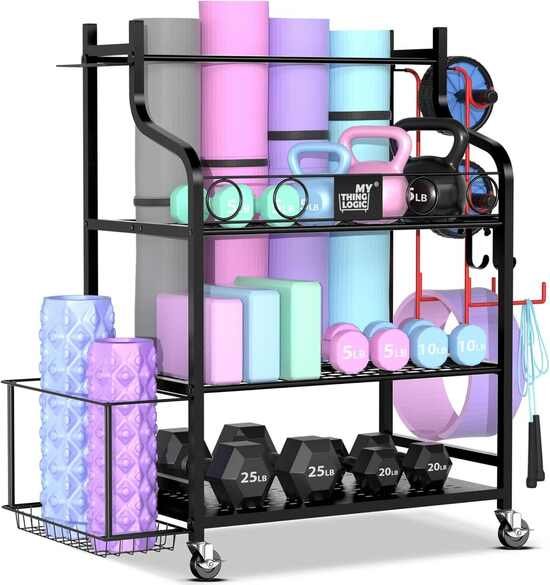
Foldable and Stackable Equipment Strategy
What Folds Best: Exercise benches, yoga mats, and resistance equipment typically fold most efficiently. When evaluating foldable equipment, consider both folded dimensions and setup/breakdown time—convenience matters for consistency.
Mobile Gym Bin Concept: A wheeled storage bin containing resistance bands, gloves, towel, water bottle, and workout accessories creates a portable gym that moves wherever you need it. This approach works particularly well for shared living spaces.
Multipurpose Furniture for Fitness
Hidden Storage Solutions: Ottoman storage benches can hold exercise equipment while serving as seating. Some models feature sufficient structural integrity to serve as exercise benches, combining storage and functionality.
Convertible Furniture: Adjustable-height desks can accommodate under-desk exercise bikes or ellipticals, transforming work space into workout space. This dual-purpose approach maximizes space utility in studio apartments or small offices.
Tech and Smart Tools for Enhanced Training
Fitness Mirrors and Virtual Trainers
All-in-One Screen-Based Solutions: Fitness mirrors like Mirror, Tonal, or Tempo provide on-demand classes and form correction in a sleek, wall-mounted package. While expensive ($1,500-4,000), they replace both equipment and personal trainer costs for motivated users.
Space-Conscious Benefits: When not in use, fitness mirrors function as regular mirrors, maintaining room aesthetics. The variety of available classes prevents boredom—a common challenge with limited equipment options.
Compact Smart Devices
Wearable Technology Integration: Heart rate monitors, fitness trackers, and smartwatches provide objective feedback on workout intensity and recovery. This data becomes particularly valuable when training independently without gym equipment feedback.
Audio and Motivation: Compact Bluetooth speakers or quality wireless headphones enhance the home workout experience. The right audio setup can transform a spare bedroom corner into an energizing fitness environment.
Creating an Inspiring Small Gym Environment
Lighting and Visual Enhancement
Natural vs. Artificial Lighting: Natural light boosts mood and energy levels during workouts. If natural light is limited, invest in full-spectrum LED lighting that mimics sunlight. Avoid harsh fluorescent lighting that creates an clinical atmosphere.
Mirror Placement Strategy: Mirrors serve dual purposes: form checking and visual space expansion. A single large mirror on one wall creates the illusion of doubled space while enabling proper exercise form monitoring.
Flooring and Noise Management
Protective Flooring Options: Interlocking foam tiles provide cushioning and floor protection without permanent installation. Rubber gym mats offer superior durability and noise dampening for high-intensity workouts.
Apartment-Friendly Noise Control: Shock-absorbing mats, rubber equipment feet, and exercise selection can minimize noise transmission to neighbors below. Bodyweight exercises and resistance training generate less impact noise than cardio equipment.
Environmental Psychology: The appearance of your workout space directly impacts motivation and adherence. A cluttered, poorly lit area discourages exercise, while an organized, well-designed space invites activity.
Professional Equipment Recommendations by Category
Strength Training Essentials (Budget: $400-600)
- PowerBlock Sport 24 Adjustable Dumbbells – $159
- Bodylastics Max Tension Set – $45
- Rep Fitness AB-3000 Foldable Bench – $199
- TRX GO Suspension Trainer – $95
- Iron Gym Total Upper Body Workout Bar – $35
Cardio Equipment Additions (Budget: $300-800)
- WalkingPad C2 Mini foldable treadmills – $299
- Stamina Body Trac Glider 1050 Rowing Machine – $199
- Cubii JR1 Seated Under-Desk Elliptical – $149
- Sunny Health & Fitness Foldable Exercise Bike – $179
Complete Small Space Gym Setup (Budget: $800-1,200)
Combine strength and cardio recommendations above with storage solutions, flooring, and accessories for a comprehensive home gym that rivals commercial facilities.
Conclusion
Your fitness journey doesn’t require a spare room or thousands of dollars in equipment. The most successful small space home gym setups focus on versatility, consistency, and intelligent space utilization rather than attempting to replicate every piece of commercial gym equipment.
Three Key Takeaways:
- Equipment versatility trumps quantity – Six carefully chosen pieces that serve multiple functions outperform fifteen single-purpose tools
- Consistency emerges from convenience – The easier your equipment is to access and use, the more frequently you’ll exercise
- Progressive challenge drives results – Adjustable resistance and exercise progressions ensure continued improvement within space constraints
The perfect home gym isn’t about having the most equipment—it’s about having the right equipment for your space, goals, and lifestyle. Start small, stay consistent, and let your results guide future investments.
Frequently Asked Questions
Q1: What is the single best piece of equipment for small spaces?
Adjustable dumbbells provide the most training variety per square foot. A quality set replaces 15-20 individual weights while occupying minimal floor space. Combined with bodyweight exercises, dumbbells can provide complete strength training.
Q2: Can I build muscle effectively with compact gear?
Absolutely. Progressive overload—gradually increasing exercise difficulty—drives muscle growth regardless of equipment type. Adjustable dumbbells, resistance bands with varying tensions, and bodyweight exercise progressions all enable continuous challenge and muscle development.
Q3: How much should I expect to spend on a small home gym?
A functional setup costs $300-600 for basic equipment covering strength and cardio training. Premium setups with smart features range $800-1,500. Consider cost per year—quality equipment lasting 5+ years costs less than annual gym memberships in most markets.
Q4: Is a foldable treadmill worth the investment?
For dedicated walkers or runners, yes. Walking pads under $400 provide convenient cardio without permanent space commitment. However, if you prefer varied cardio activities, that money might serve you better invested in multiple equipment types.
Q5: How can I keep my home gym area organized?
Designate specific storage locations for each piece of equipment. Wall-mounted storage maximizes floor space while keeping equipment visible. Establish setup and breakdown routines that take under 2 minutes—complexity kills consistency in small space training.

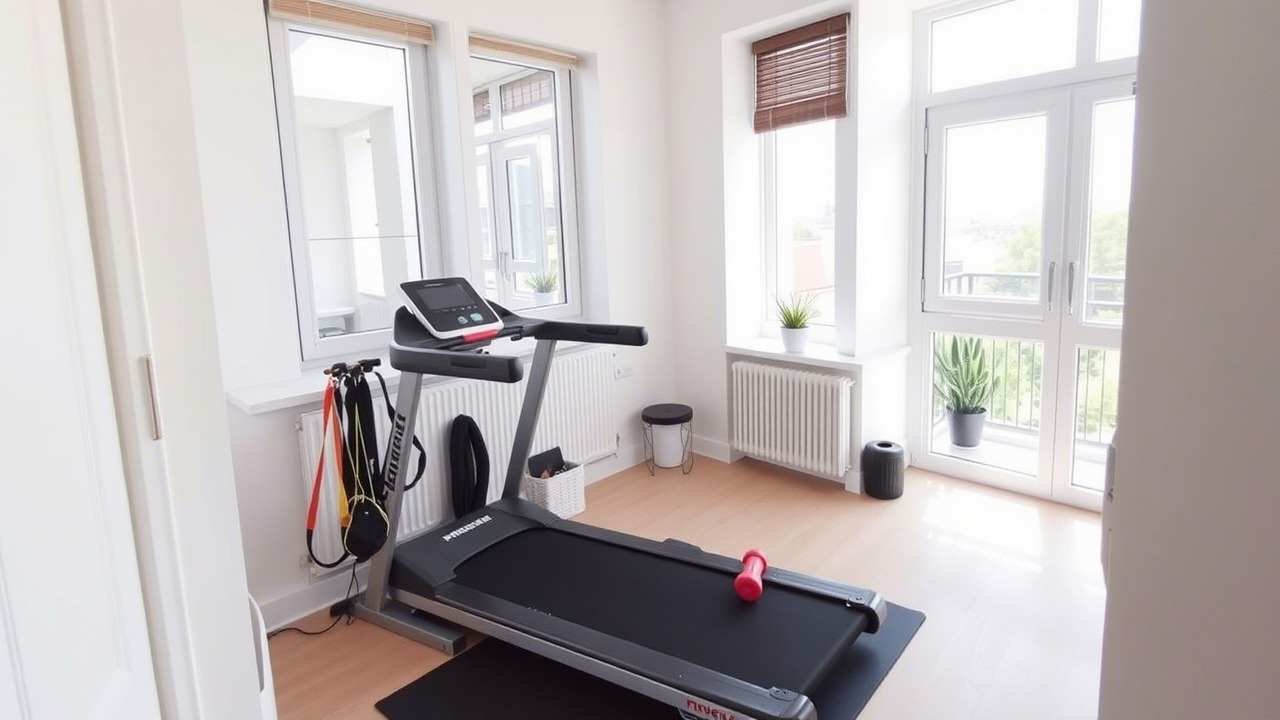

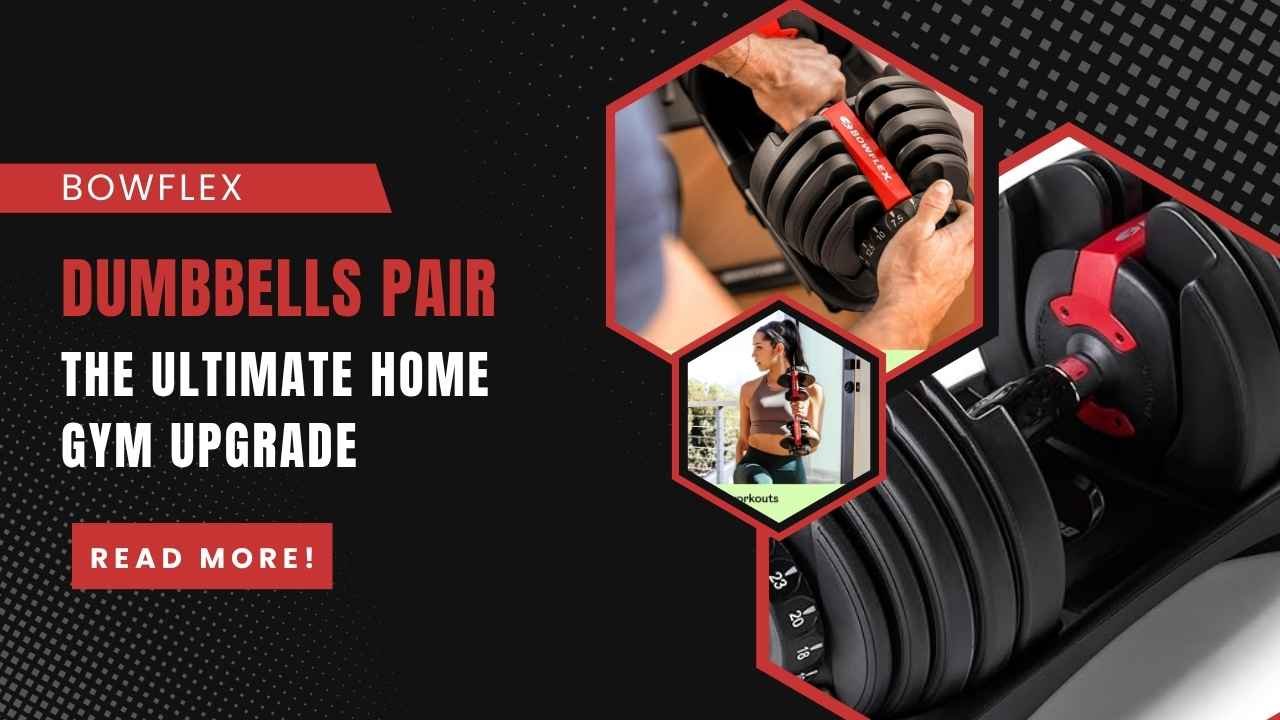
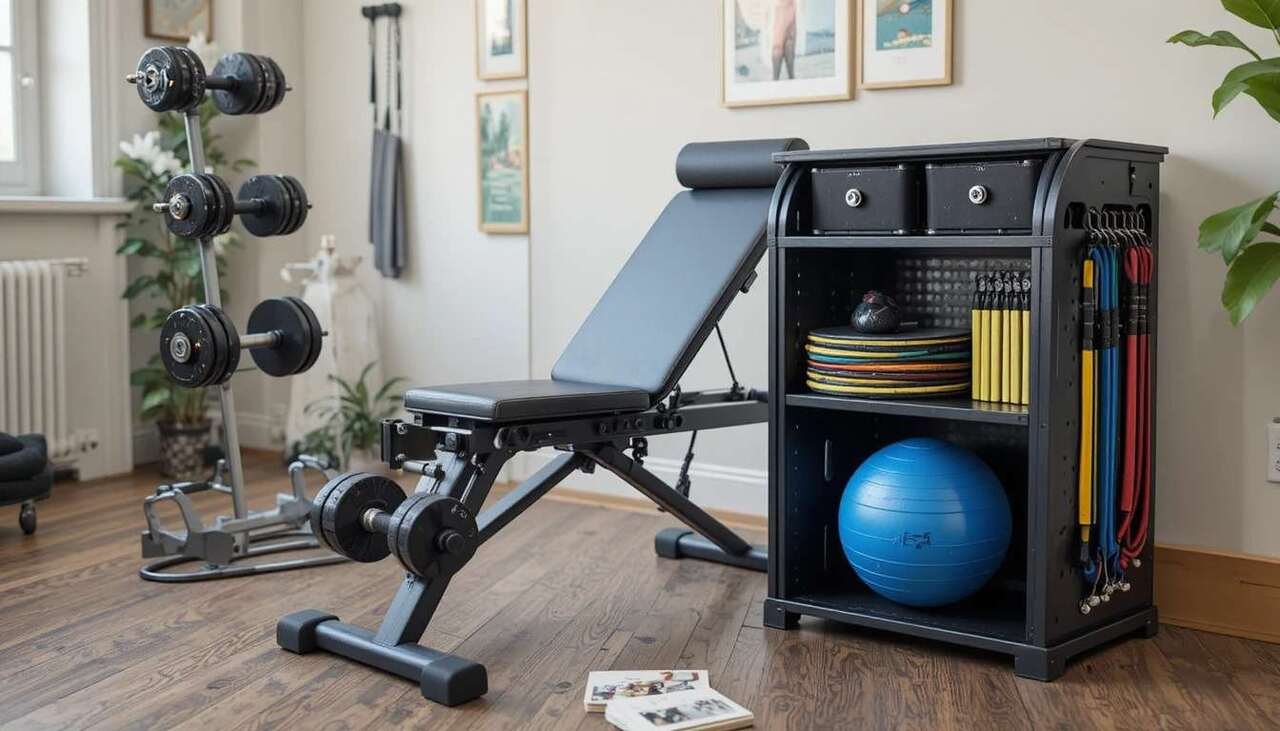
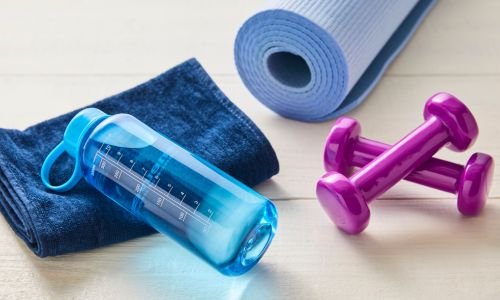
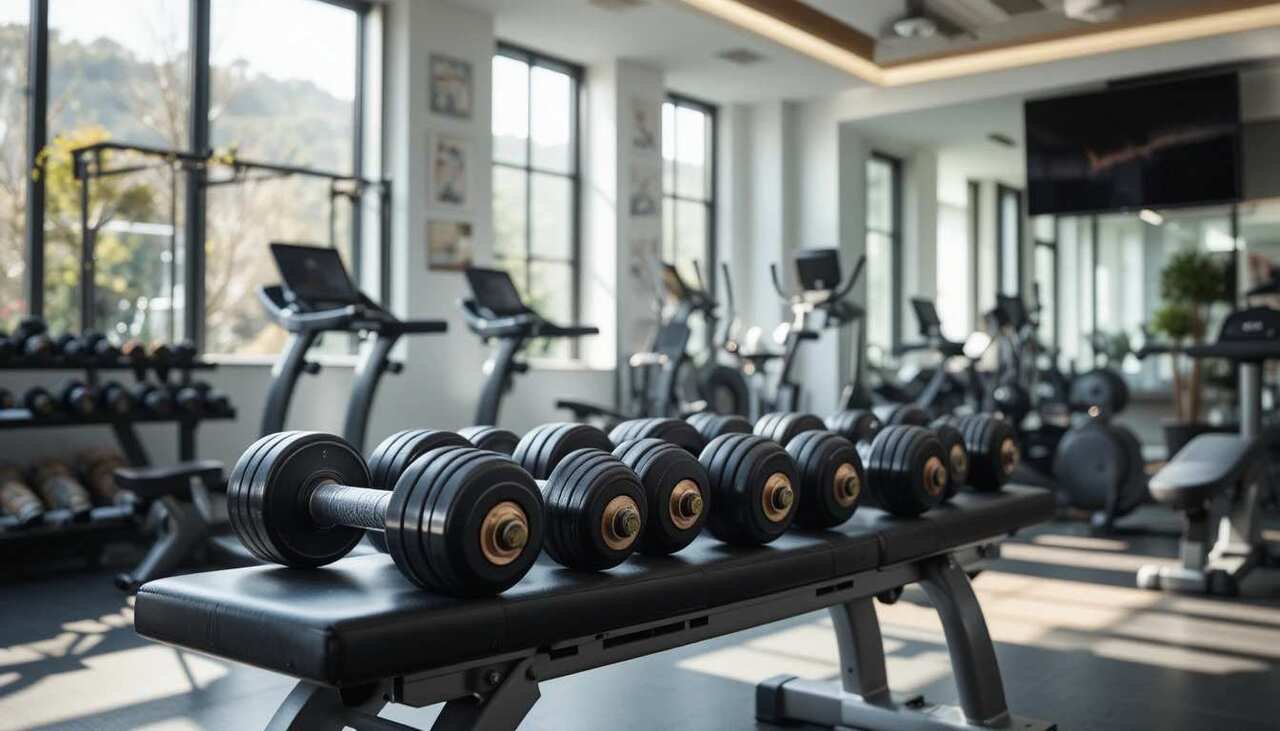
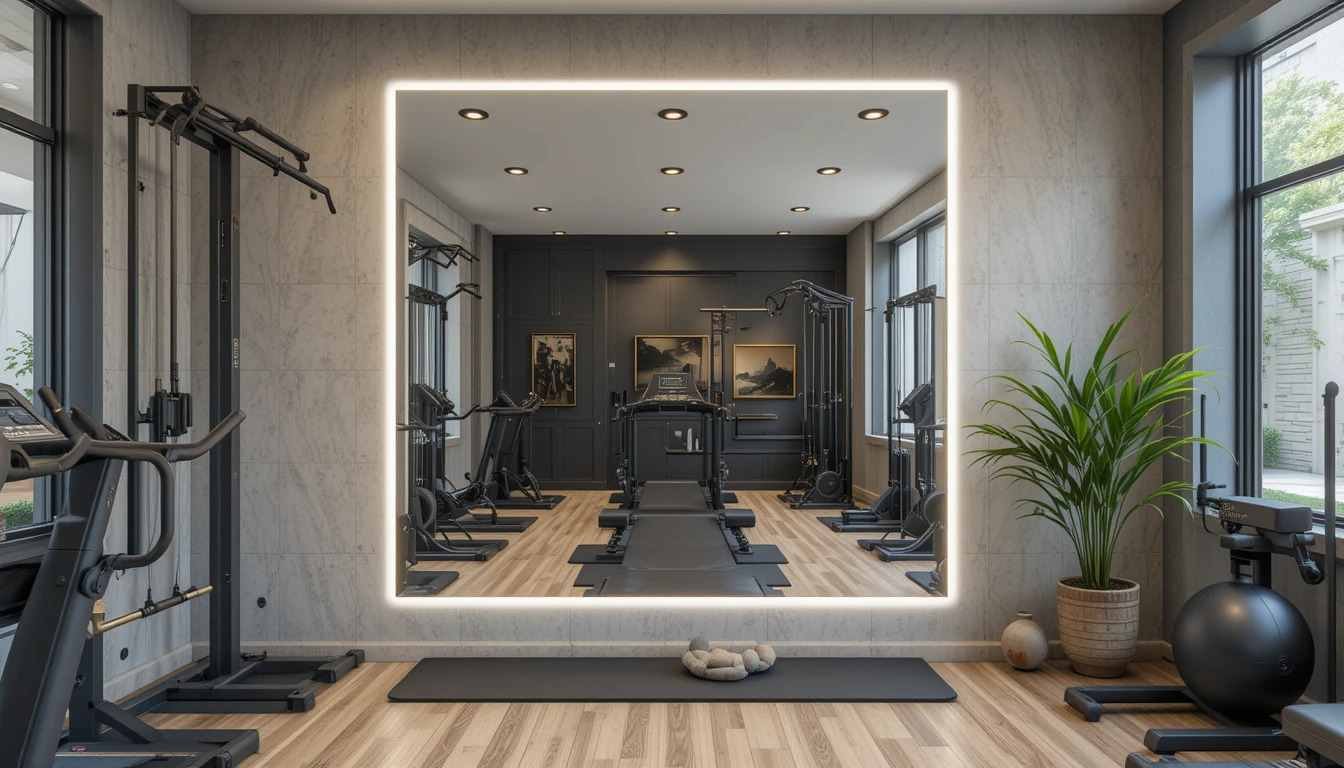
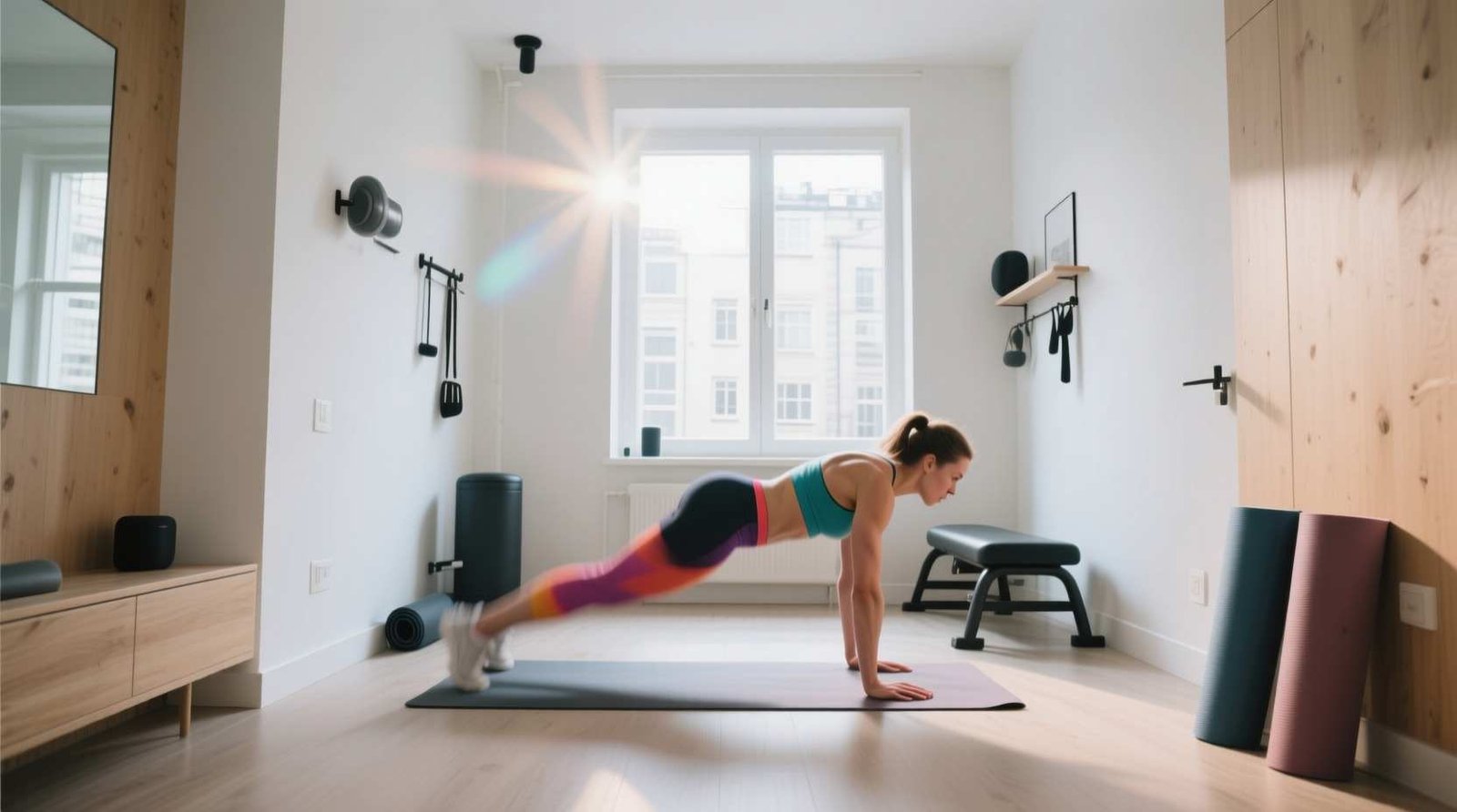
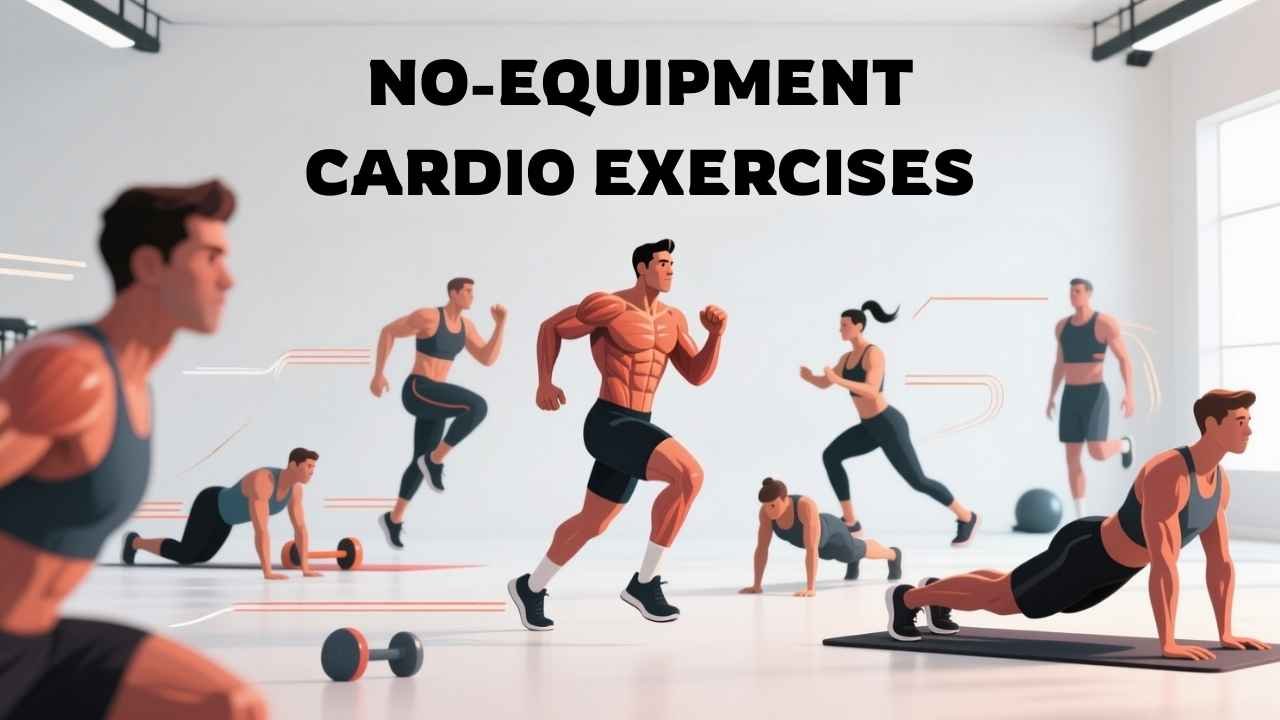
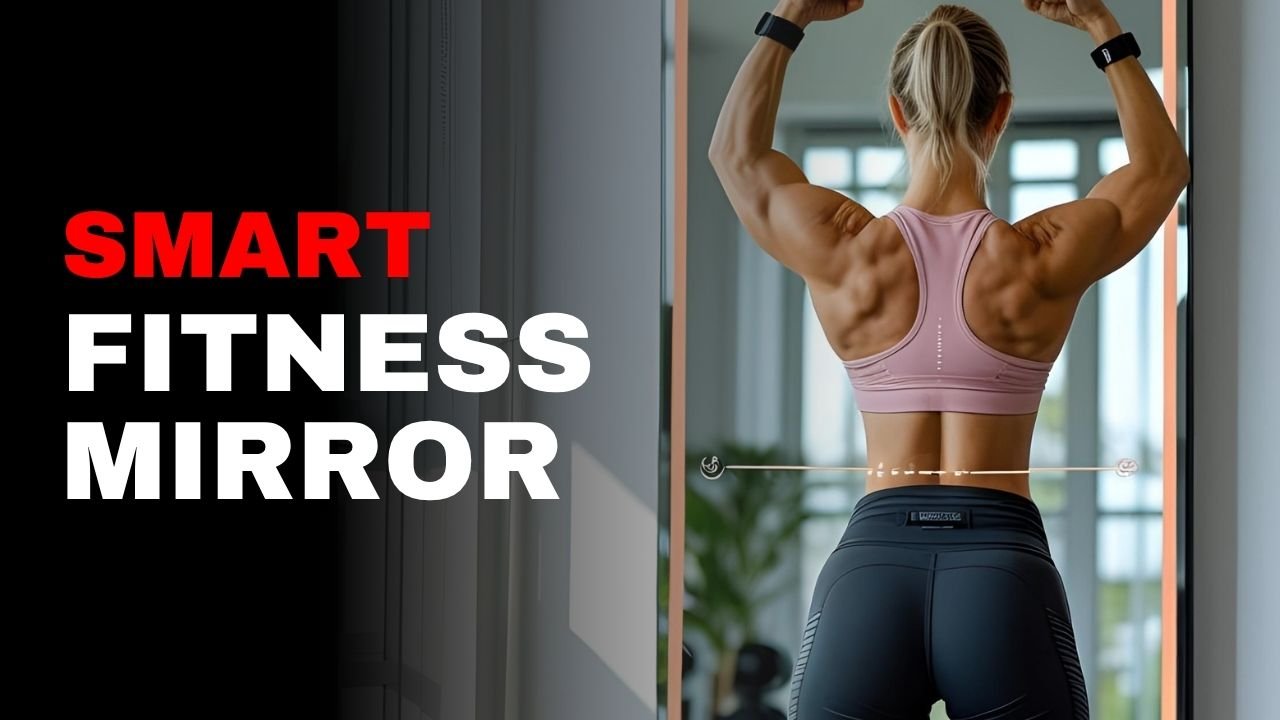
Leave a Reply